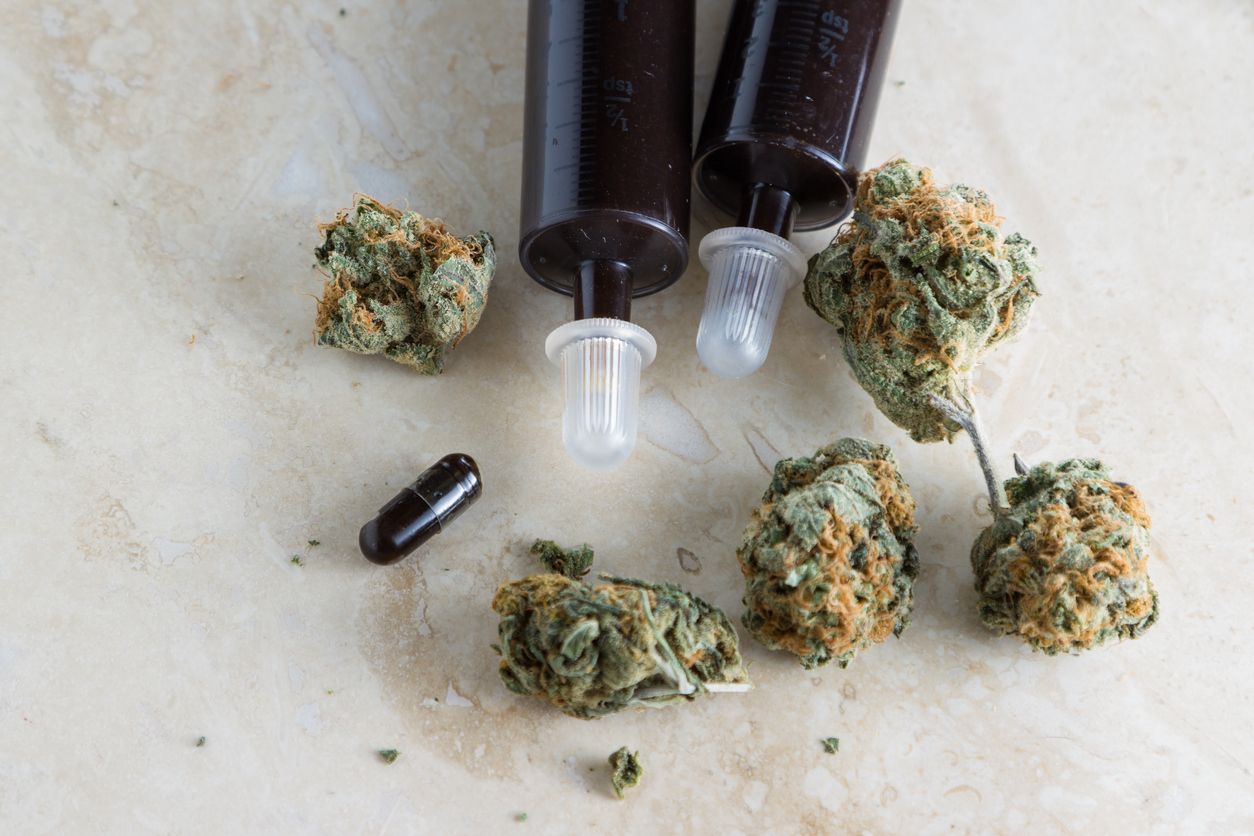Cannabis Tinctures - What they are, and how to make and use them
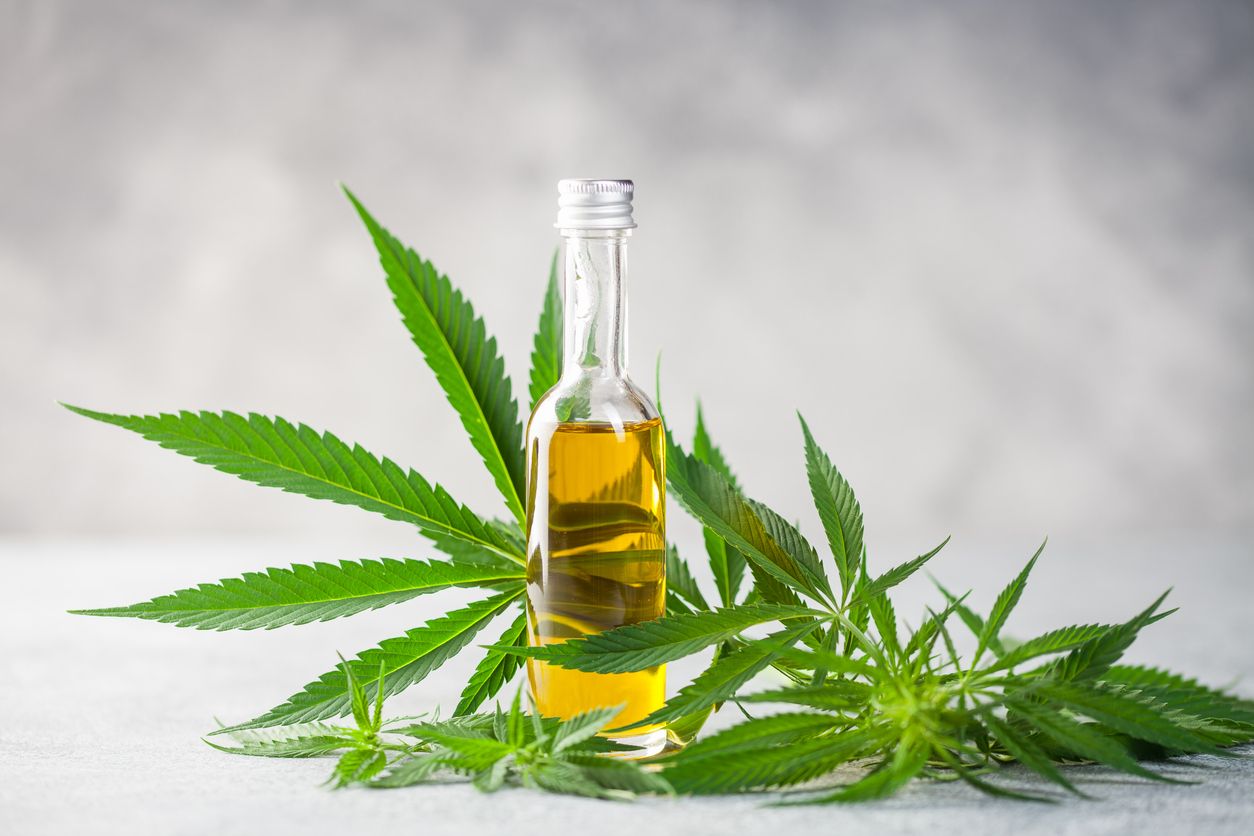
For those who are most familiar with smokable cannabis product’s, navigating this exciting new world of concentrates can be a bit confusing, and that’s even more true for anyone with no experience with pot at all. Sometimes, fear of the unknown holds us back from trying something that could be truly beneficial, and though we aren’t here to convince you to try them, we do want to share a wealth of knowledge on the subject that can help you to understand why, how, and in what way tincture can be useful.
What is a tincture?
Cannabis tinctures are glycosides, alkaloids, minerals, and oils from a plant that are extracted with a solvent. Generally, an alcohol solvent base is used. Tinctures are meant to be taken a few drops at a time, either orally or topically. Weed tinctures cannot be smoked and are intended as a replacement for other methods of ingestion.
Today tinctures come in a wide variety of different strengths and contain a heavily condensed amount of tetrahydrocannabinol (THC) and cannabidiol (CBD). Users of tinctures will get the same effects as they would from smoking a bud, just in a more condensed form.
Types of tinctures
Though tincture is an alcohol-based cannabis concentrate, what you find inside of each bottle will differ greatly, and that will depend on what is used to make it, which we will delve into a bit deeper as we progress, but typically there are two different types of cannabis tincture. One is infused with a potent dose of CBD, and the other is a psychoactive version, which is THC tincture.
Benefits of tinctures
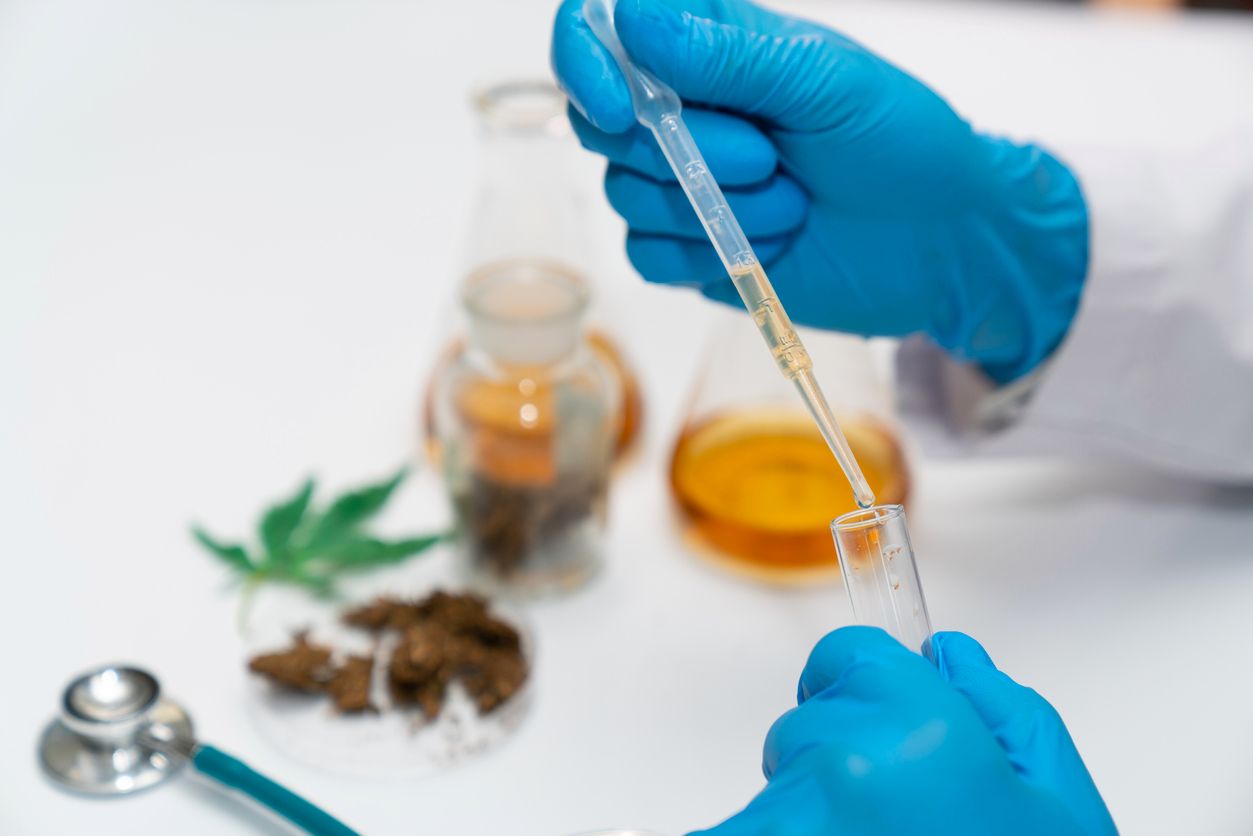
Tinctures offer surprisingly fast-acting benefits that can last for extended periods of time. They can be used orally for a perfectly measured dose, or topically for more direct treatment of specific pain points and inflammation. In the days before prohibition, tinctures were the most commonly used method of ingesting THC and CBD for medicinal use.
CBD tincture benefits
CBD tinctures are not psychoactive and are most commonly used to treat medical conditions for those who want the benefits without the “high”. CBD tinctures are most frequently used to relieve pain, assist with sleep, increase appetite, boost the immune system, and decrease inflammation. CBD tincture is most commonly recommended to patients seeking relief from sleep apnea, multiple sclerosis, almost every form of cancer, anxiety, depression, nausea, and more.
Recent studies show that CBD oil may even help to treat skin conditions like acne due to its ability to reduce inflammation. It does come with a side effect though. CBD tincture does alter liver function, which can interfere with many different prescribed medications. If you are currently taking any prescribed medication, it is essential that you speak with your doctor or healthcare provider to ensure you aren't putting yourself at risk by choosing this method.
THC tincture benefits
THC tincture AKA THC liquid offers many of the same benefits, with the addition of a euphoric effect. THC tincture is more frequently for recreational use but can also give added benefits to those using medically for pain relief from, non-migraine headaches, neuropathy, spasticity, and joint pain. They also make a great option for recreational consumers who are seeking a stronger and or healthier option to use in place of smoking.
How to dose with and use tinctures
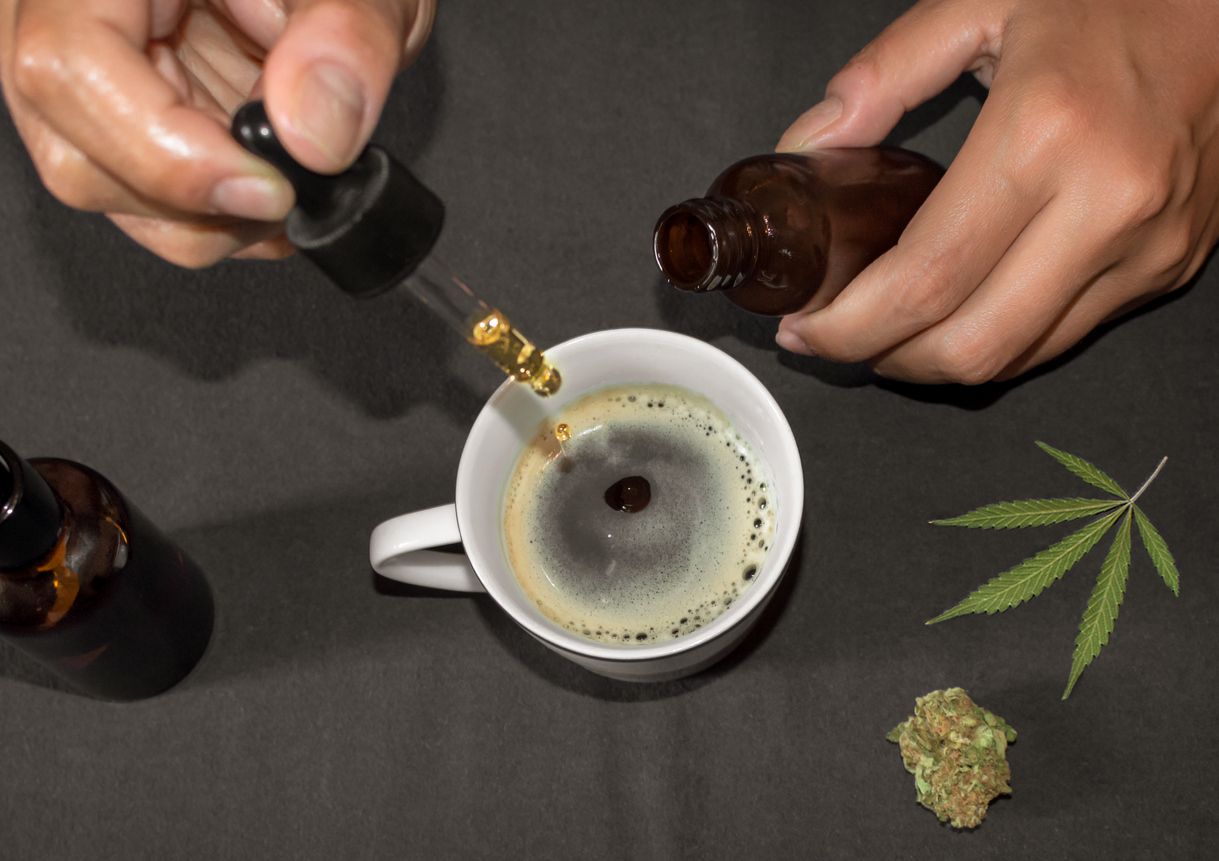
THC tincture dosage
THC tincture is a bit more worrying to some, as it can come paired with psychoactive effects that can last for up to 12 hours. That is why it is generally recommended that new consumers start with one drop under the tongue and wait for at least 4 hours to gauge the effects.
CBD Tincture Dosage
The ideal dosage of CBD tincture will be different for everyone. To get an idea of how it will affect you and your symptoms, it is recommended to begin with one drop under the tongue or administered orally in another form such as drinks or edibles up to 3 times a day.
Other ways to use tincture
Tincture is often unappealing to smokers, but if you enjoy coffee, chocolate, or cocktails, it can often make for an excellent addition. This kind of experimentation is most enjoyable after following the recommendations above so that you start out with a comfortability and knowledge of what you can handle, or what you want to achieve as a result. Just remember that when tincture is eaten, it will take longer for the effects to kick in.
Inhaling vs. tinctures
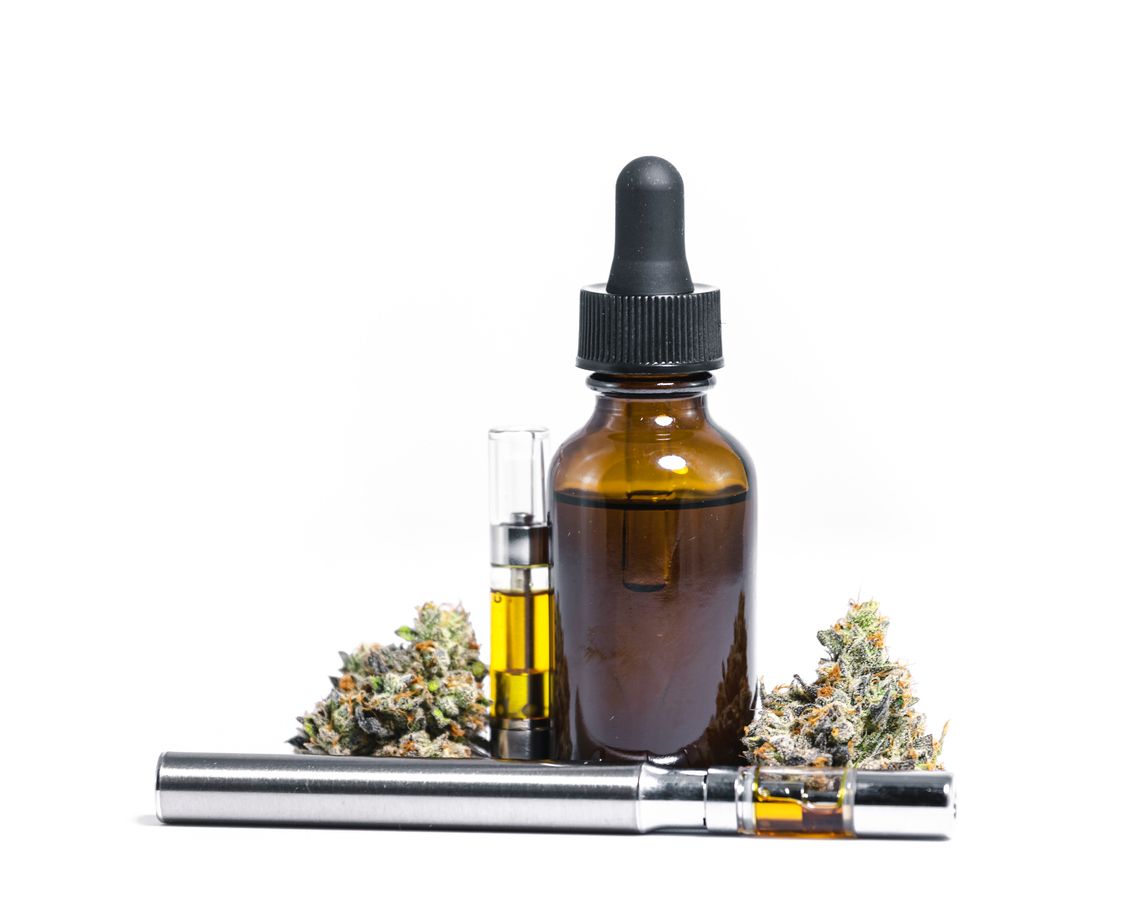
A lot of people want to know about the main differences between inhaling cannabis products and using a tincture, and the truth is that the majority of it comes down to personal preference. Tinctures, when placed directly under the tongue, can provide effects that don’t take much longer than smoking or vaping to kick in, but in situations where instant relief is absolutely necessary, that window of time may be too much to bear.
When you smoke weed, the powerful cannabinoids are injected into the bloodstream through the lining in our lungs, and that happens instantaneously, whereas tinctures can take up to 15 minutes before they begin to kick in, but the effects from tinctures also seem to last much longer, and since they can be ingested through edibles, they can also be consumed multiple ways to experiment to achieve a certain effect.
If you consider the strength, then tincture might be most preferred, but it’s only as potent as the cannabis materials that it’s made with, and often store-bought solutions can be comparable to a joint of pure bud flowers. However, they can also be turned into a condensed strong liquid that offers effects that go far beyond those possible, with smoking or vaping, and that’s why so many people swear by different methods and products because what one person want’s might not be ideal for the next.
How to make CBD tincture
The best base for a CBD tincture is going to be a marijuana plant that produces large quantities of it, however, this can be difficult to find in your average plant. Choose a strain that has at least 5% or more CBD to produce a tincture that is full of anti-inflammatory benefits, while avoiding the psychoactive side effects that come paired with the alternative.
How to make THC tincture
Making THC tincture is the same process as it is with CBD versions. You merely need to start with a product like buds or leaves that contains a high THC content. Since there is no way to divide the cannabinoids during the extraction process, all of them come out in the tincture, so it is very important to choose the kind of weed that you use wisely.
How to make cannabis tincture step by step
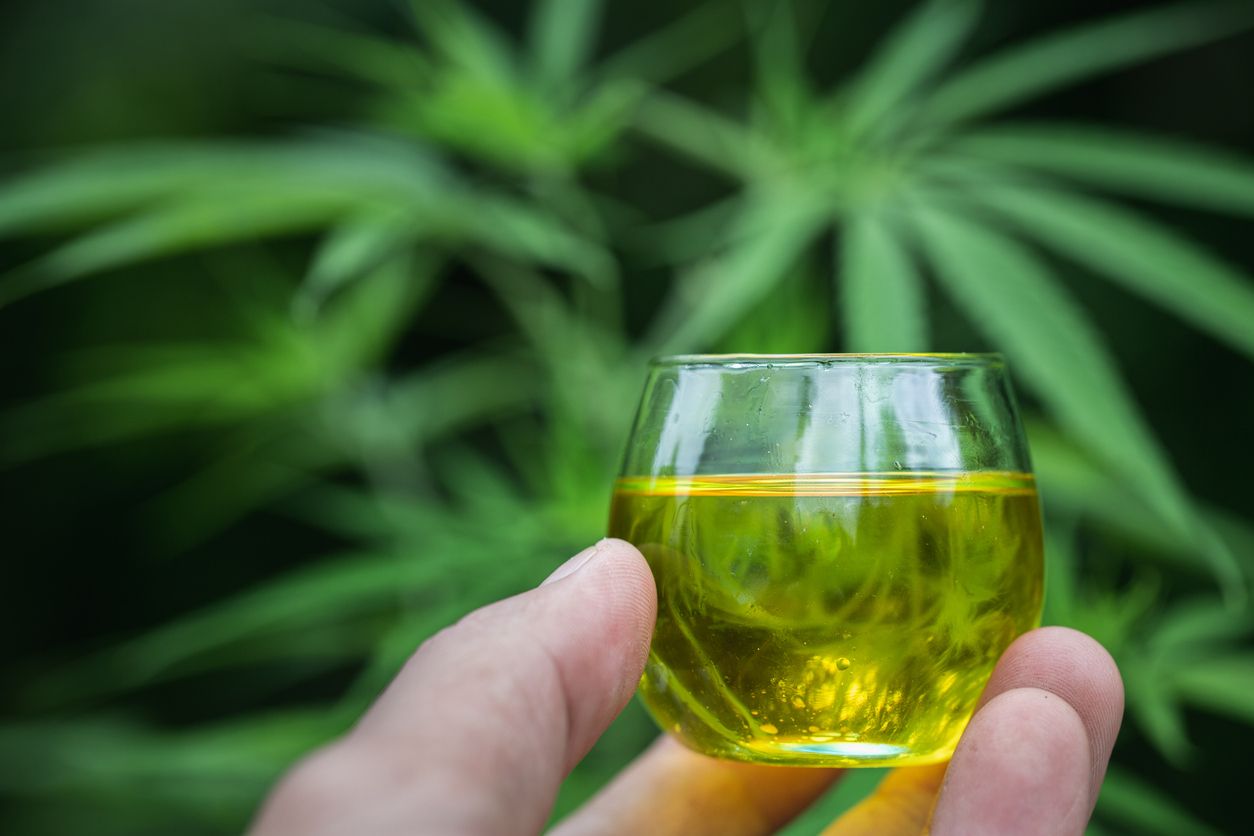
Now that we’ve cleared up the confusion surrounding what each kind of tincture is, how to dose with them, and where they come from, it’s time to move onto the final process, which is learning how to make cannabis tincture at home. If you follow these easy step by step instructions, then you are almost guaranteed to succeed with the right buds and solvent with some patience.
Ingredients
- 7 grams of cannabis
- 1 bottle of vegetable glycerin (or high proof alcohol)
Instructions
-
Before you can begin to make a tincture, you will need to decarboxylate the cannabis to activate and essentially loosen the compounds you are about to extract. Preheat an oven to 320°F, and while you wait, place a single layer of parchment paper over a cookie sheet.
-
Grind your cannabis and spread it evenly over the parchment paper. Be sure to keep it away from any exposed metal edges, or it could burn. Once the oven has preheated, bake the bud grind for 20 minutes.
-
After 20 minutes, remove the cookie sheet from the oven and place it somewhere away from the stove to cool.
-
Gather the decarboxylated bud in the center of the parchment paper and twist it into a funnel. This will make it easier to dump into a resealable mason jar. Once the ground bud is in the jar, give it a few taps so that it settles to the bottom.
-
Now add a bottle of either food grade vegetable glycerin or the highest proof alcohol you can find. Vodka can make an excellent alternative that is easy to find. Pour the solution of your choice into the jar and fill it almost to the top leaving at least ½ inch of empty space, while also making sure that the bud grind is completely submerged.
-
Seal the lid of the jar and give it a good shake for 2-5 minutes before storing it in a cool dark place. It takes at least 6 weeks for the extraction to complete, so it is not recommended to use it before then.
-
Once you are ready to use your freshly made tincture, you will need to filter out any excess plant material. This can be done with cheesecloth, a coffee filter, or a fine mesh screen. Filter the liquid through one of them into a spouted measuring cup or bowl. The spout can be a time saver and help to avoid messes when you transfer the tincture into its final containers for use.
-
If the tincture isn’t completely clear, you may want to filter it one more time before pouring it into dropper bottles for storage. Always keep tincture in a cool dark place. Like with any medicine, its contents will degrade over time, and that process is hastened when tincture is exposed to too much light or heat.

